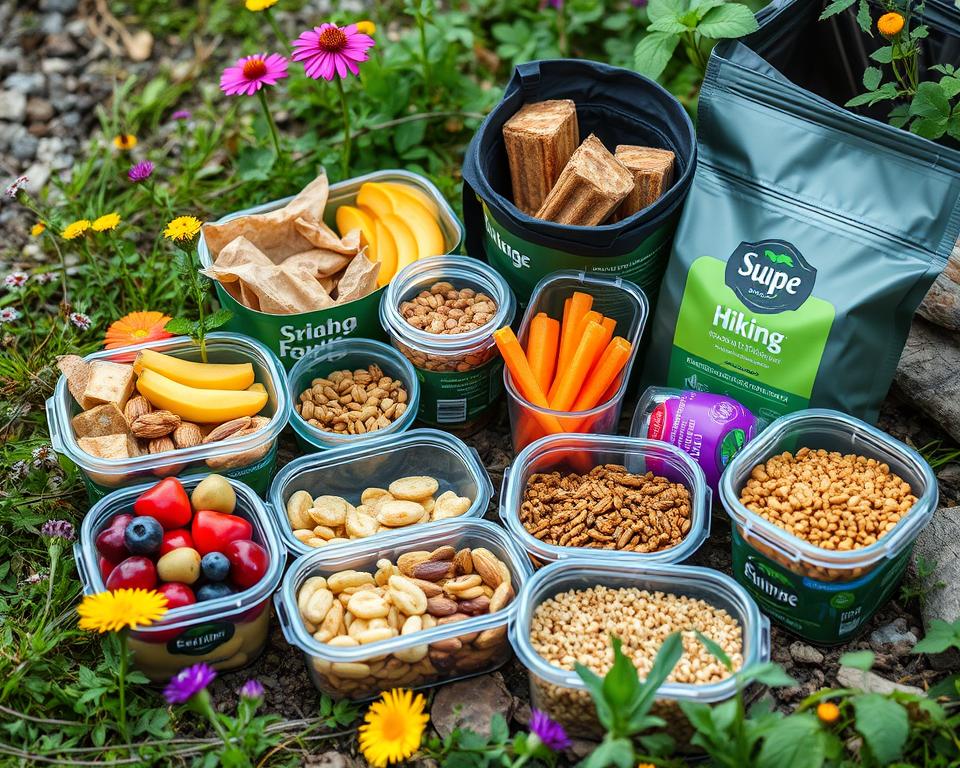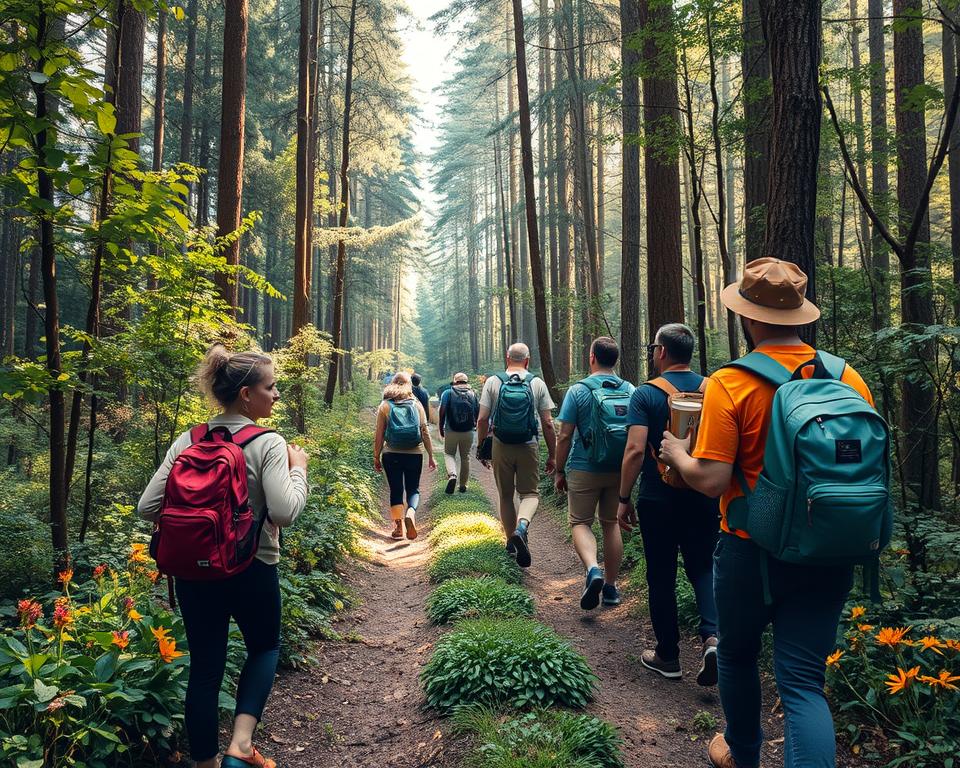If you love the great outdoors, you know every hike is an adventure. But, it’s important to hike responsibly. This means taking steps to reduce our trail waste. By planning and choosing eco-friendly options, we can enjoy nature without harming it. Let’s all commit to leaving no trace on our next hike.
Why should we care about reducing our waste? Well, groups like Leave No Trace have shown that even small changes matter. Being mindful about what we pack is a start. For instance, choosing reusable items and eco-friendly gear helps. According to Hailey Hirst from Granite Gear, this approach not only protects nature but also enhances our hiking experience.
One simple change is using less packaging for our food and bringing reusable water bottles. It’s more than just a passing fad; it’s a step towards protecting our trails for future hikers. Planning ahead is the key to a successful, low-waste trip. Ready to start planning your eco-friendly adventure?
Preparation for a Low-Waste Hiking Trip
Planning a low-waste hiking trip means thinking ahead and packing smart. The goal is to cut down on waste. This lets us enjoy our journey and care for the planet.
Researching Your Destination
Before your hike, it’s crucial to know your trail. For example, understanding the Pacific Crest Trail’s rules about trash helps. You need to manage not just regular trash but also natural waste right.
Creating a Packing List
Making a thorough packing list helps avoid extra stuff. Stick to must-haves. Opt for items you can use many times. Include things like refillable water bottles and strong bags.
The “six R’s” mantra guides what to bring. This means rethink, refuse, reduce, reuse, recycle, and repair.
Choosing Sustainable Gear
Choosing eco-friendly gear is key. Go for products made with the planet in mind. Brands like Patagonia and REI are good choices. Even things like BUFF® neck gaiters or caps often use recycled materials.
Thinking about second-hand gear or fixing what you have can save waste. This also lessens your impact on the environment.
Meal Planning and Reusable Containers
Plan your meals to be light and long-lasting. Buying in bulk cuts down on packaging. Use containers that you can use again.
Think about making your own dehydrated meals. Foods like oats, couscous, and nuts are great. Packing these in bags that break down naturally is even better.
Using these tips during your hike prep ensures a trip that’s good for nature. You’ll enjoy the beauty of the trail while keeping it clean.
Eco-Friendly Food Tips for Hiking
I’ve gained a lot from hiking on the Te Araroa Trail, especially about reducing waste. My dad and I have hiked 80km out of the trail’s 3000km. We discovered the value of choosing sustainable foods. Here are some top tips for eco-friendly hiking meals.

Reducing Plastic Packaging
One key step is avoiding plastic-wrapped snacks. Instead, pick foods with little or no packaging. If you need packaging, choose recyclable materials like glass or cardboard. For instance, Local Dehy provides 100% vegan meals in compostable packaging. It’s a great option for hikers who care about the planet.
Avoiding Single-Use Cutlery
Single-use plastic cutlery is out of the question. I always bring eco-friendly utensils made of bamboo or stainless steel with me. They last long and are much better for our planet. Bamboo utensils, for example, add a nice touch to your meal and help the environment.
Buying Snacks and Drinks in Bulk
Bulk buying has been a major shift for me. Getting snacks like veggies, fruits, and trail mix in large quantities cuts down on waste. I use reusable containers for freshness and easy packing. Think about bringing along pita pockets, pasta salad, or wraps for more variety.
Using Reusable Water Bottles
It’s essential to stay hydrated on hikes, and you can do it waste-free. Reusable bottles from brands like Nalgene are excellent. They’re not only refillable but also recyclable. Skip the single-use bottles to avoid chemical leakage and protect the environment.
Practical Hygiene Tips on the Trail
Keeping clean on hikes is key for your health and the planet. Use green hygiene products to lessen your environmental mark. These steps matter during your outdoor trips.
Opting for Shampoo and Soap Bars
Try solid shampoo and soap bars to avoid plastic waste. They’re great for the environment and easy to carry. Pick soaps that are safe for nature to keep the outdoors clean.
Eco-Friendly Menstrual Products
For menstruating hikers, eco-friendly products are a must. Think about using menstrual cups, cloth pads, or period underwear. They save waste and are simple to wash and reuse, making them hiking-friendly.
Substituting Wet Wipes with Reusable Towels
Leave the wet wipes at home and use cloth towels instead. Along with eco-soap, they make cleaning easy and eco-friendly. Cloth towels cut down trash and are a dependable way to stay clean.
Going green with your trail hygiene helps protect nature. It makes your time outside better and more sustainable.
How Can Eco-Friendly Tips Help Minimize Waste on Hiking Trips?
Embracing ecoconscious hiking trail techniques can significantly reduce waste during outdoor adventures. By following practices such as utilizing reusable containers, packing out trash, and choosing biodegradable products, hikers can minimize their environmental footprint. These small yet impactful choices contribute to preserving nature’s beauty for future generations to enjoy.
Dealing with Human Waste Responsibly
When out on the trail, managing waste right is key. It keeps nature beautiful and healthy. Using techniques that follow Leave No Trace is important. One way is digging cat holes for your waste. Make sure the hole is 6-8 inches deep and 4-6 inches wide.
This helps prevent the waste from harming the environment. It ensures that waste decomposes properly.
In places like deserts or mountains, you need to carry out your waste. This is because waste breaks down slower there. WAG bags, with waste-absorbing powder, make this easy. You should also pack out toilet paper, wipes, and feminine products to keep nature clean.
If menstruating, menstrual cups are a green choice. They reduce the amount of trash you need to carry. Also, having a poop kit with tools for clean waste disposal is smart. It should include a trowel, bags, hand sanitizer, and hygiene items.
Handling waste correctly prevents water pollution. This can stop the spread of diseases like giardia and salmonella. Good trail manners also inspire others. No matter where you hike, following Leave No Trace is crucial for eco-friendly adventures. This way, we help keep outdoor areas pristine for everyone in the future.

